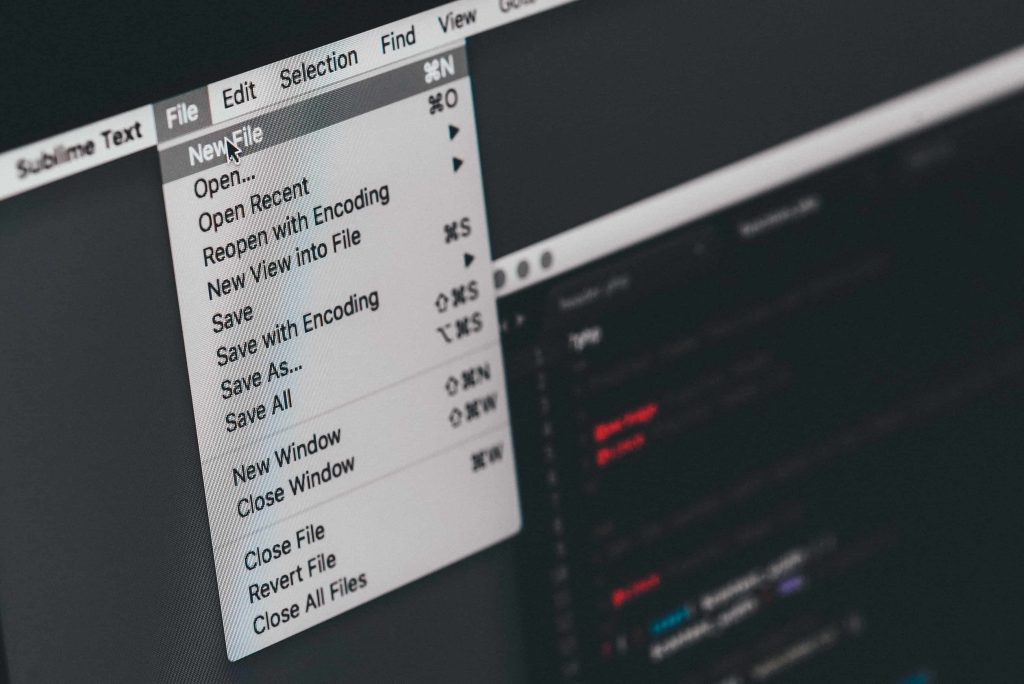What is SCORM and how does it work?
SCORM is a powerful tool that can improve your organization’s e-learning operations. How? Find out.

What is SCORM?
SCORM stands for Sharable Content Object Reference Model. It’s all about making learning management systems (LMS) and e-learning content compatible across many different SCORM-friendly systems. This makes it easier and faster to reuse content without having to tweak it for use on different platforms.
What are SCOs?
Sharable Content Objects (SCOs) are the basic building blocks of SCORM. They are pieces of e-learning material that can be shared between various systems within a single organization and beyond. These can take different forms (like a single lesson, a piece of microcontent or a training module). Whatever form they take, the SCOs are always free-standing and reusable.
Reference Model
SCORM is considered a “Reference Model” rather than a standard because it is actually a combination of many different standards used within the e-learning industry. The Advanced Distributed Learning Initiative (ADL) designed SCORM to combine and reference these standards so that developers can make them work together.
Choose the right authoring tool
Our experts created the ultimate guide to help you select an authoring tool that fits your organization’s needs.
How SCORM works
Now you know about SCOs and Reference Models, it’s time to have SCORM explained in more detailed. There are two main SCORM versions being used today: SCORM 1.2 and SCORM 2004. The difference between scorm 1.2 and scorm 2004 is small, they both do essentially the same thing. Their main purpose is to package content and facilitate run-time data exchange between the SCOs and the LMS.
Content packaging
Content packaging is about creating the actual form in which the content will be distributed. SCORM’s packaging is based on a .XML file called “imsmanifest,” which contains all the information an LMS needs for importing and automatically launching content. All data about how the course looks in terms of its actual layout and file structure is stored in the imsmanifest.XML file. So how to create a SCORM content package? There are two options. You can deliver it in a simple directory, such as a USB stick. Or you can save it in a ZIP file. In that case, the content is known as PIF: a package interchange file. This is the most common way of delivering a SCORM file.
Run time
Run-time communication defines the way the SCO interacts with the LMS as it is in use. This interaction provides the ability to deliver the content and track learner interactions and results. The content must first locate the LMS. After that, it uses “get” and “set” calls and related vocabulary to communicate with the LMS and control the way the content is used. For example, it prompts the LMS to ask for the user’s name or other important tracking information. It also controls messages that the LMS displays to the learner. The entire interactive experience of the LMS is dictated by the breadth of the SCORM vocabulary being used, so the broader the vocabulary, the richer the learner experience.
Sequencing
Authors add rules that define the order in which an LMS shows learners content. We call that sequencing. Authors can even set up specific paths they want a learner to take, and adjust these paths per learner. The fact that there are paths set out, also allows learners to save results mid-course and continue at a later point in time.


